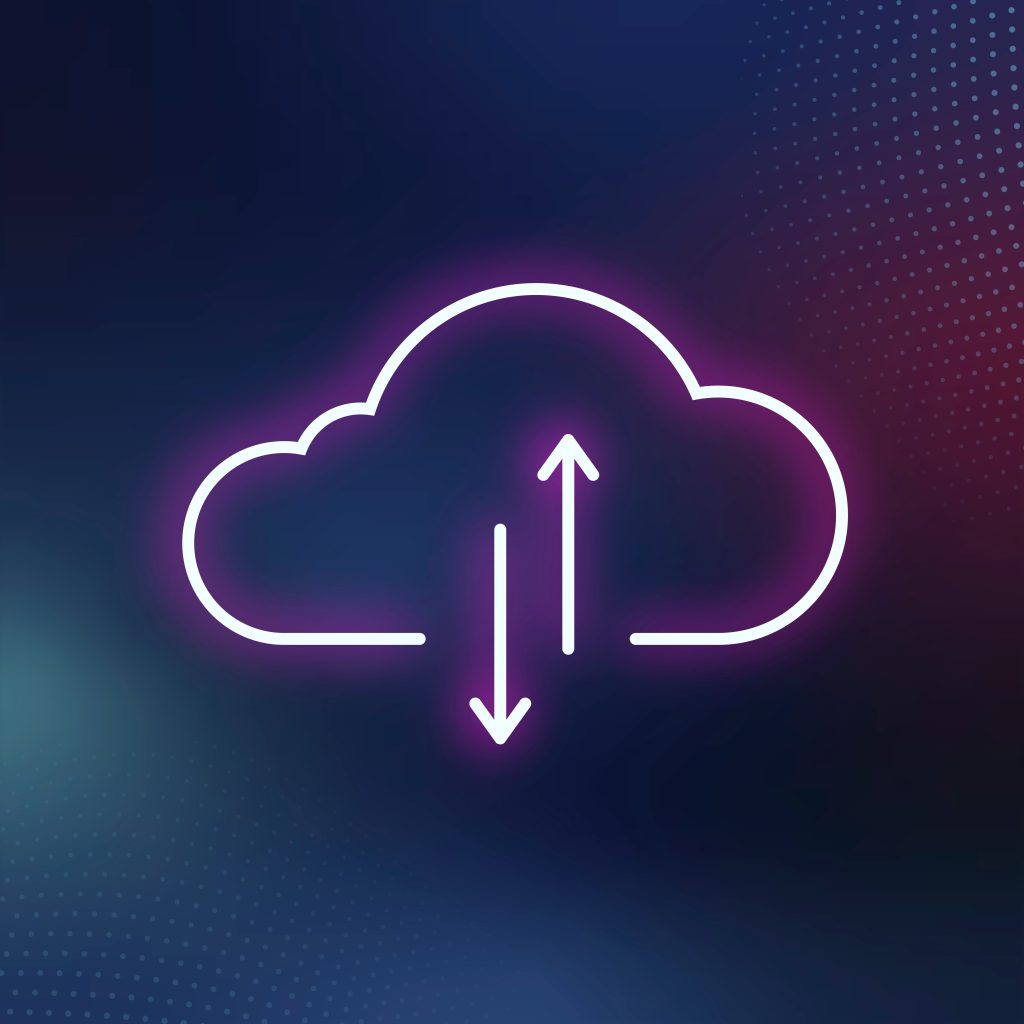In today’s fast-changing business environment, organizations need ERP systems that not only manage core operations but also integrate seamlessly with the wider technology landscape. Business Central Microsoft stands out by offering deployment flexibility—Cloud (SaaS), On-Premise, or Hybrid—while ensuring robust connectivity across Microsoft services and third-party systems.
Flexible Deployment Options
- Cloud (SaaS) – Runs on Microsoft Azure with 99.9% uptime, automatic updates, and global availability. Cloud-first customers gain access to AI, Copilot, and the latest innovations without additional configuration.
- On-Premise – Suited for industries with strict data residency, compliance, or infrastructure requirements. Customers maintain full control but take on upgrade, scaling, and backup responsibilities.
- Hybrid – Combines the best of both worlds. Using Azure Data Gateway, companies can keep sensitive workloads on-premise while still leveraging cloud innovations
Key takeaway: Business Central lets companies choose the deployment model that best fits their IT strategy—without losing core functionality.
Seamless Microsoft 365 and Power Platform Integration
- Both models integrate natively with Outlook, Teams, Excel, and SharePoint.
- Cloud users benefit from always-on connectivity to Microsoft 365, Power BI, and Copilot features.
- On-Premise deployments can also connect, but may require gateways and additional setup.
Low-code/no-code tools like Power Automate and Logic Apps empower even non-developers to build workflows across ERP and other apps.

Connectivity to External Systems
- Cloud: Over 200 prebuilt connectors in AppSource (Shopify, Salesforce, FedEx, UPS, Paycor, etc.), enabling fast SaaS-to-SaaS integrations without custom code.
- On-Premise: Connectivity is possible via APIs, OData, and web services, but may require VPNs or more IT support.
Message for decision-makers: With Cloud, your ERP doesn’t live in a silo—it connects instantly to your partners, apps, and workflows.
Performance, Scalability, and Security
Cloud
- Elastic scalability for more users/transactions.
- Azure security backed by 3,500+ cybersecurity experts, MFA, ISO/SOC/GDPR compliance.
- Automatic backups and disaster recovery (RPO <1h, RTO <4h).
- Scaling requires new hardware.
- Security and backup are the customer’s responsibility
Upgrade & Maintenance
- Cloud – Always current with Microsoft’s twice-yearly major updates and monthly improvements. Features like AI Copilot are available immediately.
- On-Premise – Customers must plan and execute upgrades manually, which can be resource-intensive
When to Choose Cloud vs. On-Premise
- Cloud-first is ideal for companies seeking growth, automation, AI capabilities, and faster integration.
- On-Premise or Hybrid may be best for organizations with regulatory, data residency, or IT constraints—while still keeping a path to migrate into the cloud later.
Making the Move: What to Consider
If you’re currently on-premise and evaluating cloud migration, start with these questions:
- Do you need real-time access from multiple locations? Cloud eliminates VPN dependencies and improves remote work capabilities.
- How critical is instant access to new features? Cloud customers get AI-powered insights, Copilot assistance, and automation tools without waiting for upgrade cycles.
- What’s your IT team’s bandwidth? Cloud shifts maintenance burden from your team to Microsoft, freeing resources for strategic projects instead of patching and backups.
- Are compliance requirements changing? Azure’s certifications often exceed what most companies can achieve on their own infrastructure.
Many companies take a phased approach—migrating non-sensitive workloads to cloud first while keeping financial data on-premise temporarily. This reduces risk while building confidence in cloud security and performance.
Bottom line: The gap between cloud and on-premise capabilities continues to widen. Companies staying on-premise long-term should have clear, compelling reasons—not just comfort with the status quo.
Conclusion for Business Central Microsoft
Business Central’s strength lies in its flexibility. Whether deployed in the cloud, on-premise, or as a hybrid solution, it ensures seamless integration with Microsoft 365, the Power Platform, and hundreds of third-party applications.
With cloud innovation delivering AI, automation, and security at scale—and on-premise options available for those who need them—Business Central offers a future-proof ERP foundation for every business journey.

